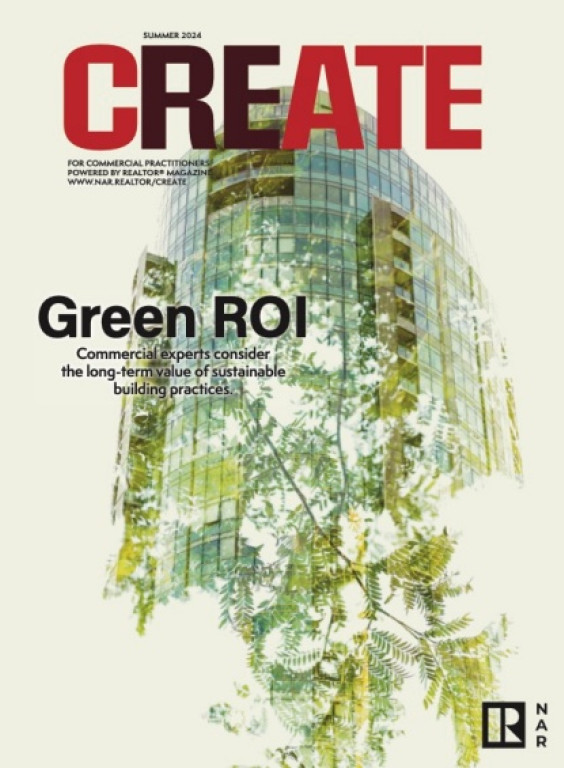Property managers looking to enhance the offerings in their commercial spaces may find wellness amenities just the thing to attract commercial tenants and even help justify higher rents. Property managers “can attract top-tier talent by describing what the building does and what we have to offer,” says Deborah Webb, CPM, of Webb Property Services in Washington, D.C. “Features like that—plus the building’s alignment with sustainability goals—matter to the younger generation.”
To guide property managers creating or maintaining a healthful building, several organizations have set standards:
- Fitwel: Developed by the Centers for Disease Control and Prevention and the U.S. General Services Administration, this certification system has been implemented in more than 23 million buildings. It’s based on thousands of studies on environmental health, facility management and design.
- IREM Certified Sustainable Property: The program “recognizes excellence in property operations and performance based on aspects like energy, water, health, recycling and procurement.”
- WELL Building Standard: The system takes a “holistic approach to health in the built environment, addressing behavior, operations and design.”
Wellness certifications touch on points from food to exercise to intellectual pursuits that appeal to tenants and employees. “With diabetes and heart problems in our society, we need to do something while people are at work to the extent possible,” Webb says.
Fitwel encourages activating buildings by adding amenities such as:
- Having healthy food options delivered to your building
- Encouraging people to take the stairs by using signage to let them know how many steps they’ve taken
- Trading old water fountains for new ones that easily allow employees to fill up water bottles
In addition, landlords and employers can form partnerships and offer lectures on nutrition, bring in a nurse or physician for employee health screenings, or have personal trainers in the building, which might help to lower health insurance costs.
Adapted from “Welcome to Wellness,” published in the March/April 2024 issue of Journal of Property Management.














